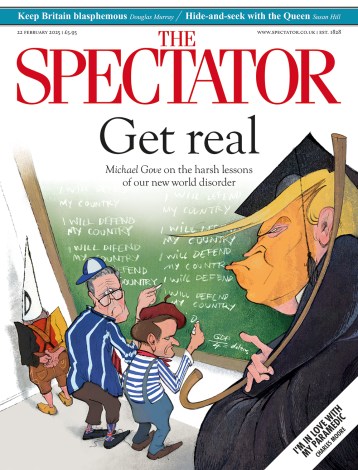When Lucian Freud (1922–2011) was hailed as the Greatest Living Painter towards the end of his career, it was almost as a mark of respect for having survived so long and kept stubbornly painting in the way he wanted, without any quarter given to fads and fashions, in pursuit of truth to appearances, whatever that term may actually mean. This lifetime achievement award, though understandable (the English love a Grand Old Man), was misplaced, for Freud was not a great painter. He was often a striking image-maker, but from the overwhelming evidence of the knotted, gnarled and pelleted textures of his later paintings, the turgid accumulations of dry pigment, he disliked the medium of oil paint intensely. Almost as much as he seems to have disliked the people he painted, though not, revealingly enough, the animals. These he clearly did like, and the difference in the way he painted a dog or a horse from his manner of depicting a human makes this inference unavoidable.

Get Britain's best politics newsletters
Register to get The Spectator's insight and opinion straight to your inbox. You can then read two free articles each week.
Already a subscriber? Log in






Comments
Join the debate for just $5 for 3 months
Be part of the conversation with other Spectator readers by getting your first three months for $5.
UNLOCK ACCESS Just $5 for 3 monthsAlready a subscriber? Log in